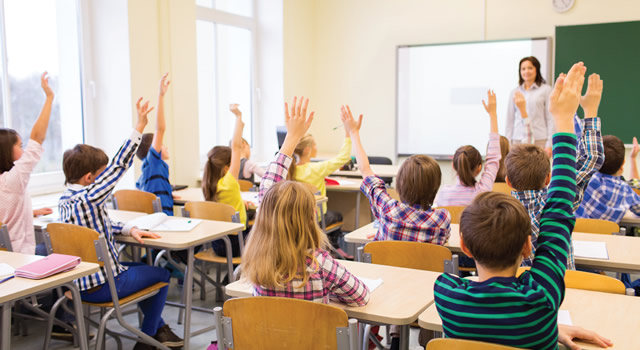
During a crisis, school leaders have a large number of tasks they need to accomplish to fulfill the measures established in their safety plans. Each item can impact the safety of their students and staff, but the more items they are responsible for, the higher risk there is that one of those steps will get missed.
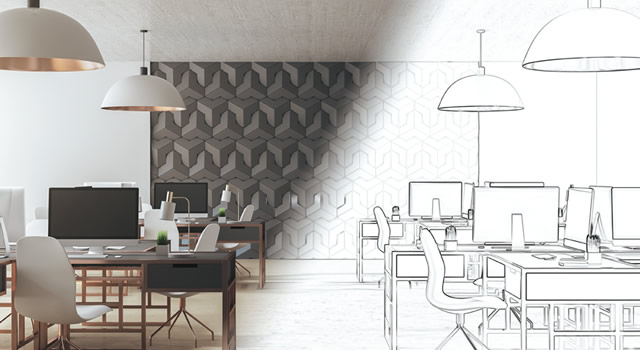
Recently, Campus Technology visited with Lisa Stephens, Senior Strategist for Academic Innovation in the Office of the SUNY Provost and Assistant Dean of the University at Buffalo School of Engineering, about current and future developments in the FLEXspace platform.
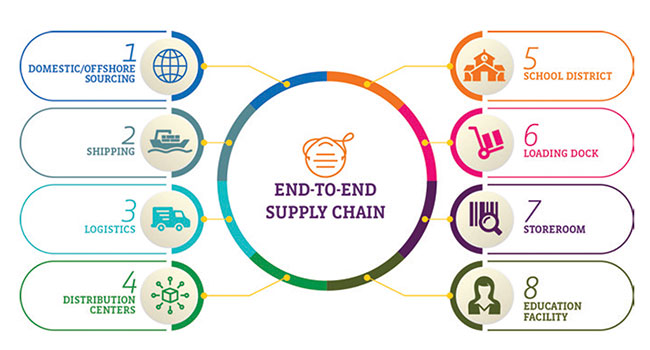
The unprecedented nature of the COVID-19 pandemic exposed gaps in the supply chain but also provided opportunities to strengthen it. We’ve realized that many K–12 school districts and higher ed institutions have outdated models for supply chain management and procurement, and they lack the technological platforms and processes that other industries have put into place.
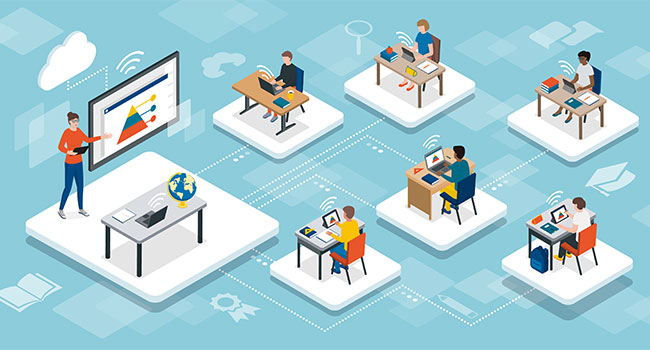
For so many schools today, math and spelling tests serve as accountability to ensure students work hard and concentrate on learning.
A history of deferred maintenance could take the wind out of improved ventilation strategies.
New research finds that COVID–19 safety measures are no longer the top concern among K–12 school administrators and staff. While it's still one important issue, the top concern for the coming year is student mental health.
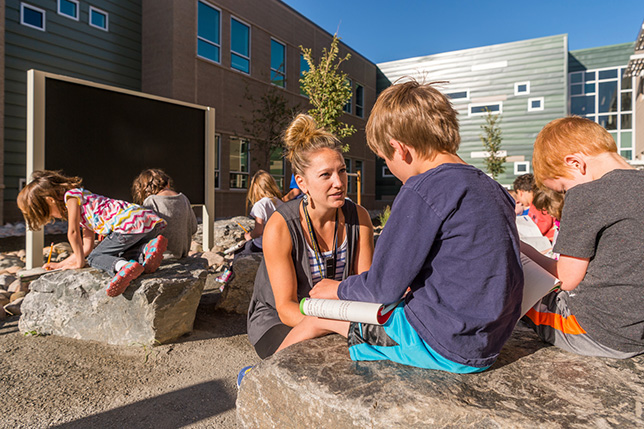
Outdoor learning spaces and classrooms have become a necessary element of successful next generation learning environments. We have seen firsthand the benefits of integrating the outdoors into the learning environment options to create a holistic, healthy, and stimulating environment for students and teachers.
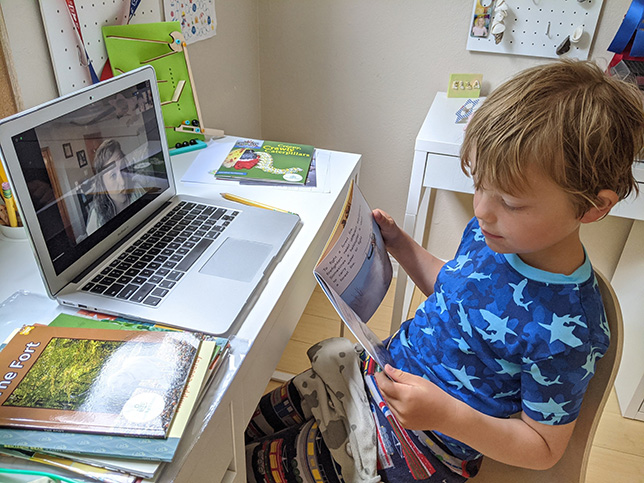
The learning loss stemming from the COVID-19 pandemic begs the question: How can schools and districts help students recover with innovative literacy strategies? Here are four steps for recovering learning loss by focusing on literacy, fun and parent engagement.
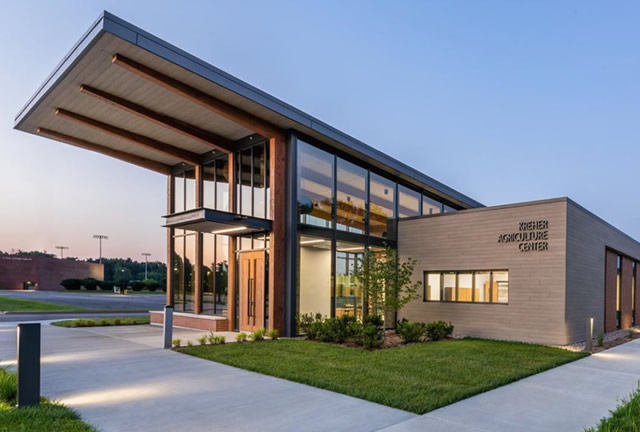
Grand Prize 2021 Education Design Showcase
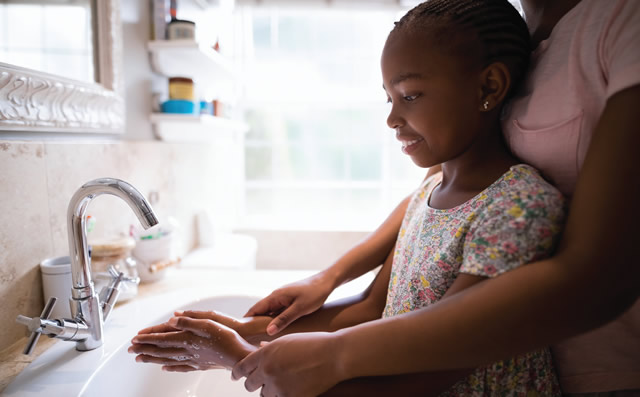
Standard hygiene practices, like proper handwashing, are more important than ever.
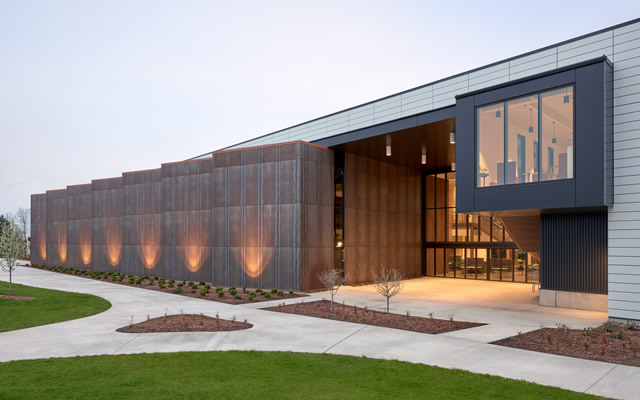
Grand Prize 2021 Education Design Showcase
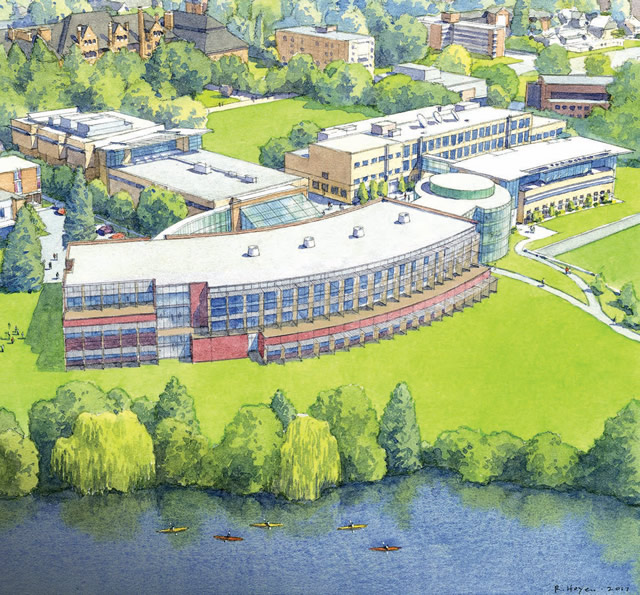
The John and Joan Bollier Family Center for Integrated Science and Engineering completes a 270,490-square-foot quadrangle of buildings aiming to enhance interaction between students and faculty of the School of Engineering and Applied Science and the College of Arts and Sciences.
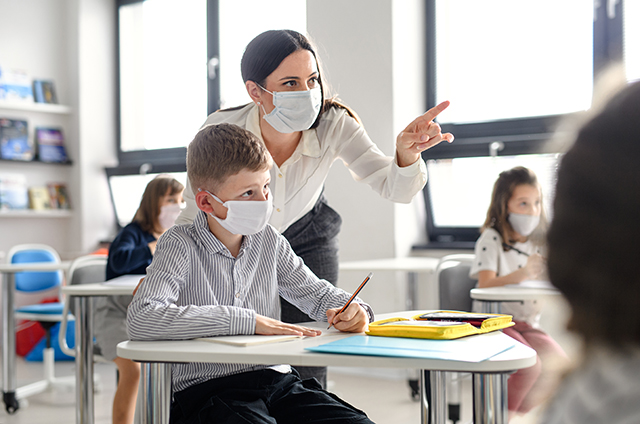
As schools and universities prepare for the return of students and faculty after nearly a year of remote learning, many are faced with growing concerns around how to keep facilities safe in the post-pandemic world. This is doubly true when considering that crucial HVAC and building management systems (BMS) are often outdated and in need of replacement.
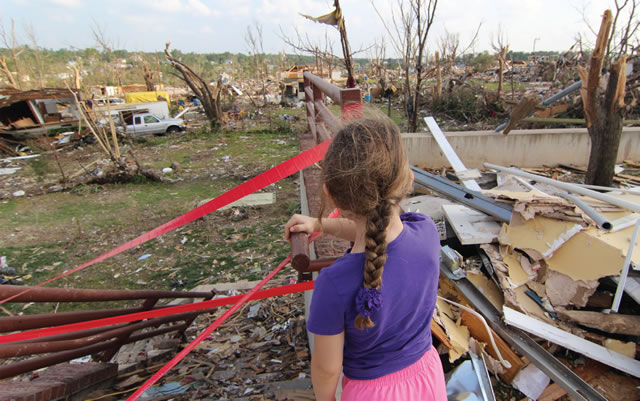
Twister. Funnel. Whirlwind. A tornado by any other name is still considered the deadliest and most destructive natural disaster on earth. Occurring on all continents except Antarctica, tornadoes have both terrified and fascinated mankind for centuries. The U.S. averages almost 1,300 tornadoes per year, more than all other continents combined. How do we protect ourselves when a tornado strikes? It is this question that has driven architects, engineers and the construction industry to develop codes and guidelines such as ICC 500 and FEMA P-361. These guidelines, at least in part, will help to ensure the proper construction of tornado shelters in order to save lives.
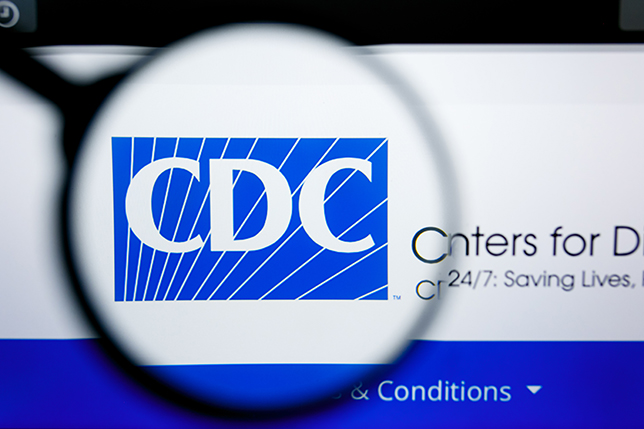
The Centers for Disease Control and Prevention (CDC) announced on Friday, March 19, that it is relaxing social distancing requirements for students returning to school for in-person learning. The organization has determined that students wearing masks in a classroom environment can be spaced just 3 feet apart.
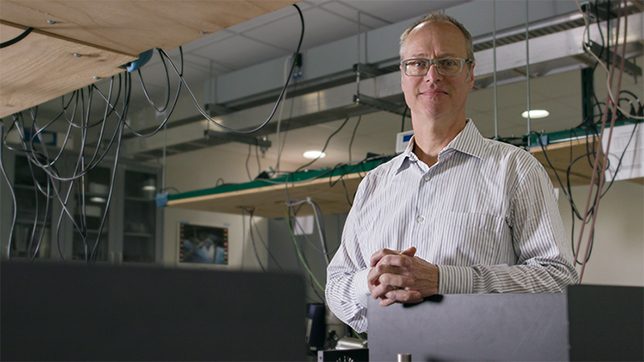
The University of Toledo just received a five-year, $12.5 million grant from the U.S. Air Force to develop flexible solar cell sheets for space. The photovoltaic energy sheets will be used to collect solar energy for powering Earth-based receivers or other orbital or aerial instrumentation, such as communications satellites.
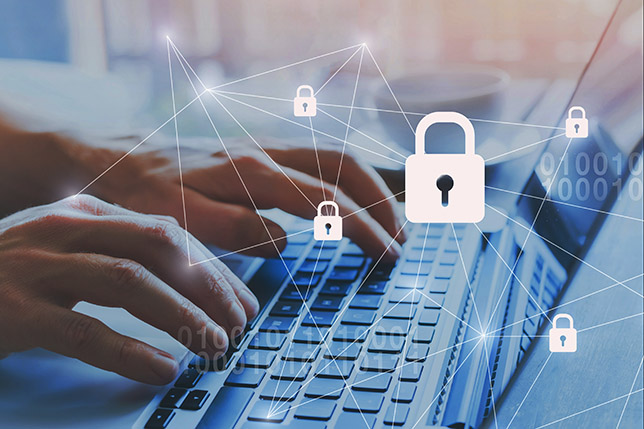
The Office of the New York State Comptroller has completed audits on three school districts in the state. The audits uncovered that the districts have neglected to follow some crucial cybersecurity policies, leaving them potentially vulnerable to cyberattacks.